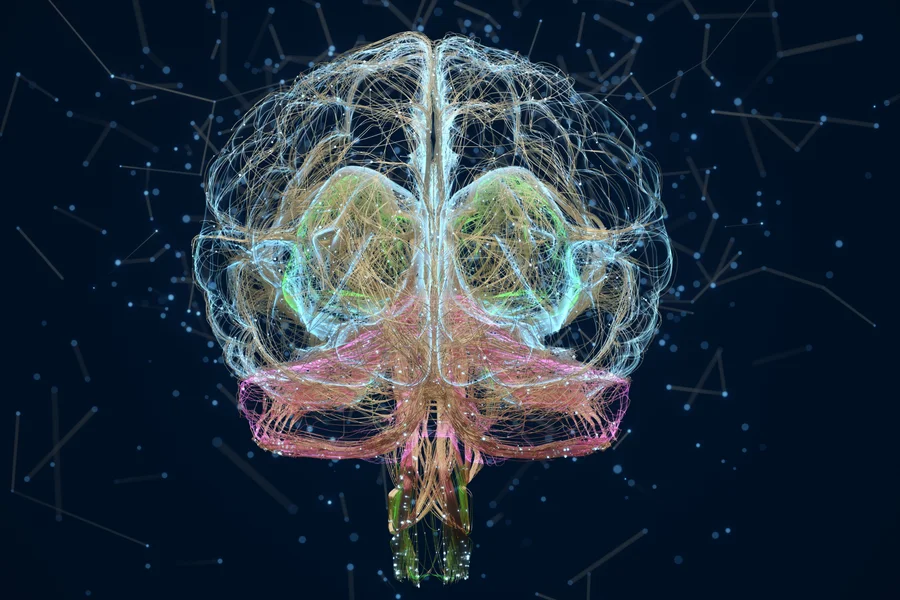
Components of the Brain
The chemistry of the brain is a complex interplay of neurotransmitters, hormones, ions, and neural signaling processes. The high metabolic activity of the brain necessitates a constant supply of glucose, underscoring the intimate connection between energy metabolism and cognitive function. Furthermore, the specificity of neurotransmitter receptors on the cell membranes of neurons highlights the precision required for cellular communication. Understanding these intricate chemical processes is essential for comprehending cognitive functions and addressing neurological and psychiatric disorders.
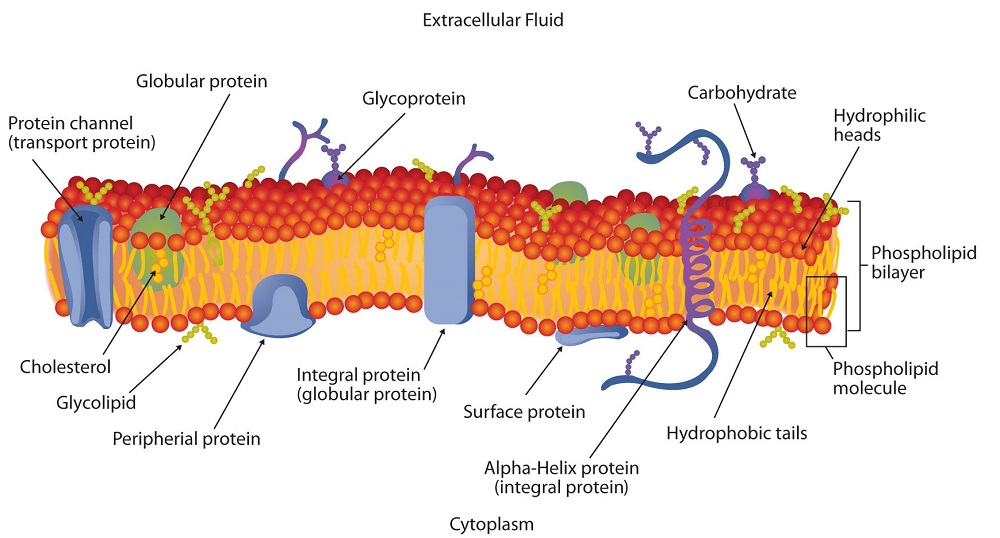
Phospholipid Bilayer
The phospholipid bilayer is a versatile and dynamic structure that is fundamental to the architecture and functionality of cell membranes. Its selective permeability allows for the controlled passage of substances, contributing to cellular homeostasis. The fluidity and adaptability of the bilayer, coupled with its capability to host a diversity of proteins and molecules, are critical features that enable cells to maintain their functionality within complex living organisms.
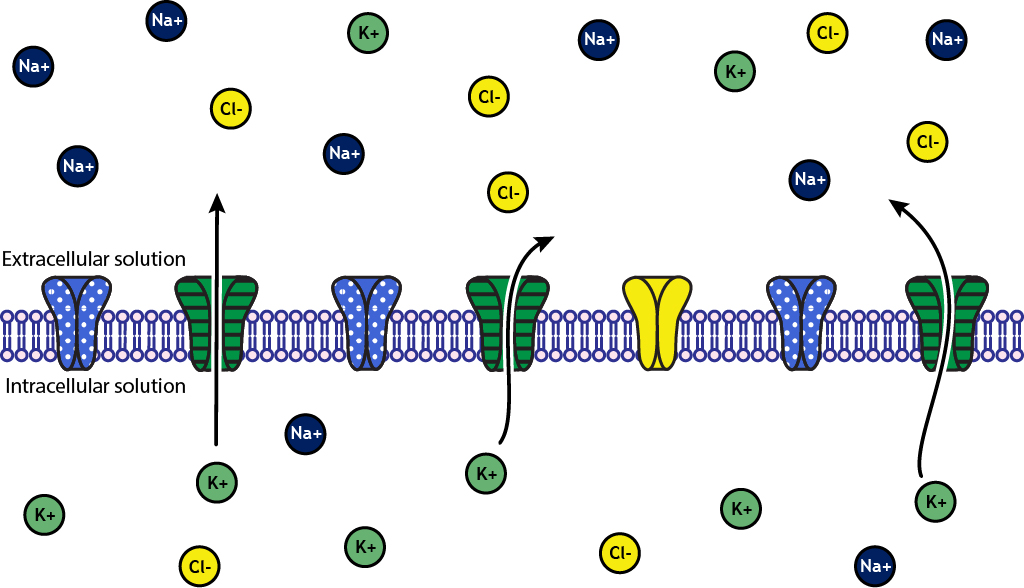
Ions
Chloride(Cl-), Potassium(K+), and Sodium(Na+) ions play crucial role in neuronal function, contributing to the modulation of the resting membrane potential, shaping the action potential, and participating in inhibitory neurotransmission. The movement of these ions across the neuronal membrane is tightly regulated by various ion channels and transporters, influencing the overall excitability of neurons.
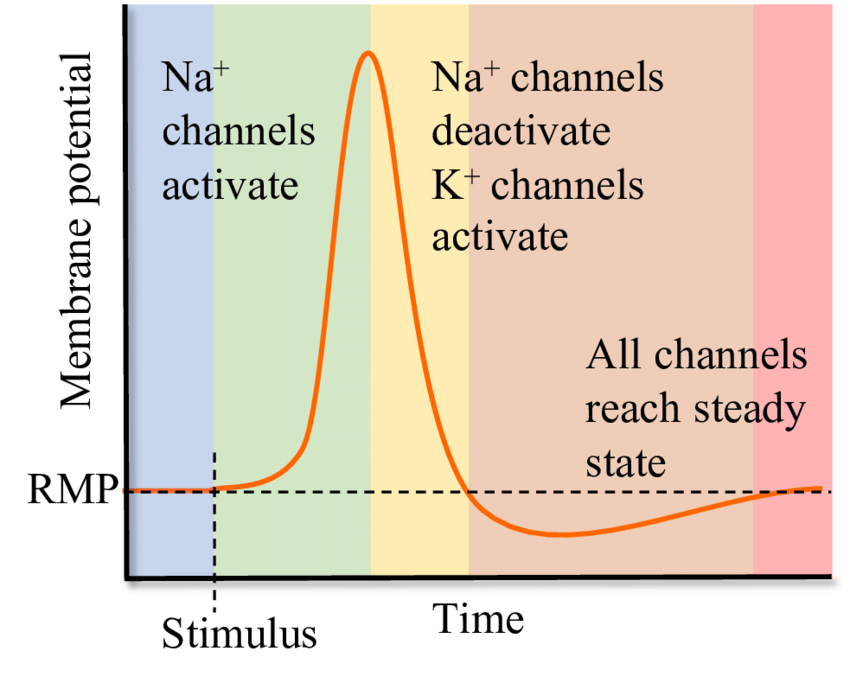
Membrane Potential
Membrane potential is a fundamental concept in neuroscience that refers to the difference in electric charge between the interior and exterior of a cell, particularly neurons. It plays a crucial role in the generation and transmission of electrical signals within the nervous system. The membrane potential is measured in millivolts (mV) and is a key factor in understanding how neurons communicate.
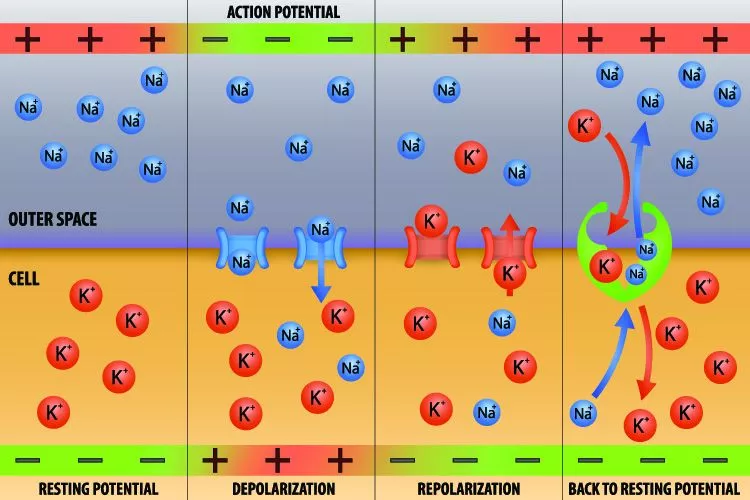
Action Potential
An action potential is a rapid and transient change in the membrane potential of a neuron, which serves as the fundamental electrical signaling mechanism in the brain and nervous system. This electrochemical process allows neurons to communicate with each other and transmit information over long distances.
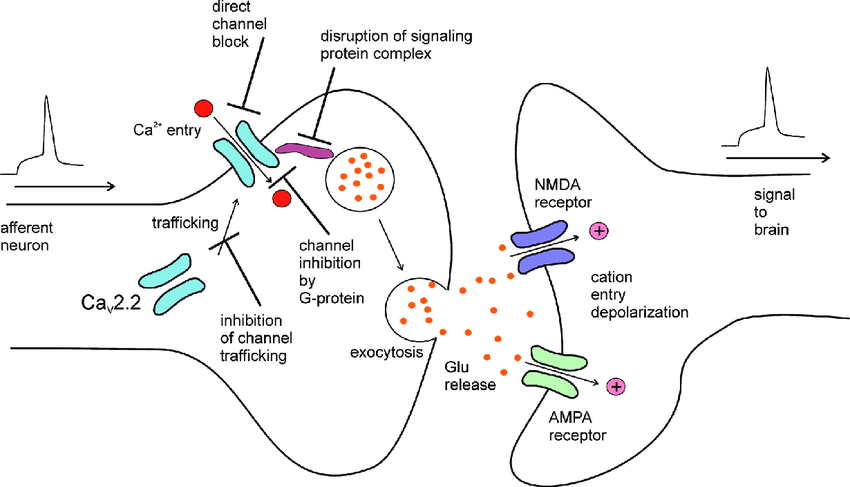
Calcium Flux
Calcium flux in neurons is a critical component of the action potential process, playing a pivotal role in signal transmission between neurons and ultimately influencing various cellular functions. When an action potential is generated and propagated along the axon of a neuron, changes in membrane potential lead to the opening and closing of specific ion channels, including voltage-gated calcium channels. The calcium influx that follows is a dynamic and tightly regulated process with significant implications for synaptic transmission and cellular function.
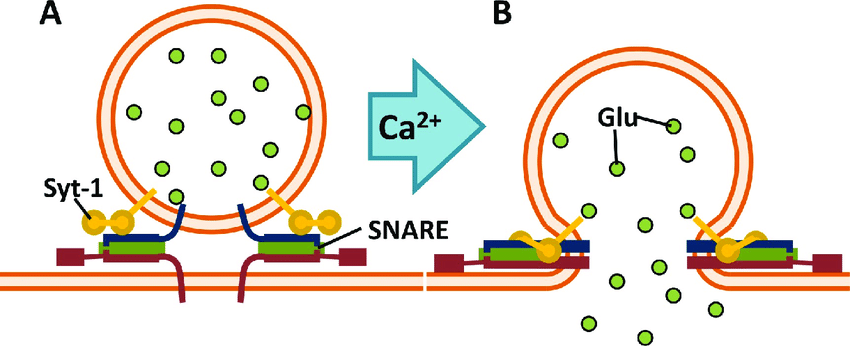
SNARE complex
SNARE stands for Soluble N-ethylmaleimide-sensitive factor Attachment protein REceptor. The SNARE complex is a protein complex that plays a crucial role in membrane fusion events within cells, particularly in the context of vesicle trafficking and neurotransmitter release in neurons.
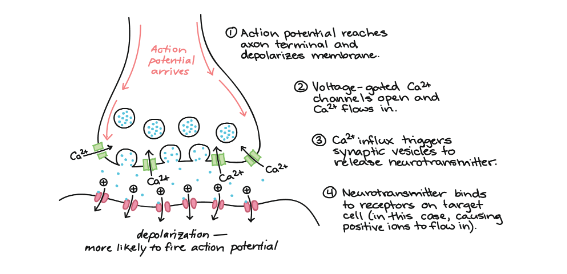
Neurotransmitter Release
Neurotransmitter release is initiated by neuronal excitation, leading to the influx of calcium ions. That triggers the fusion of synaptic vesicles with the presynaptic membrane releases neurotransmitters into the synaptic cleft, allowing them to bind to receptors on the postsynaptic membrane and induce cellular responses.
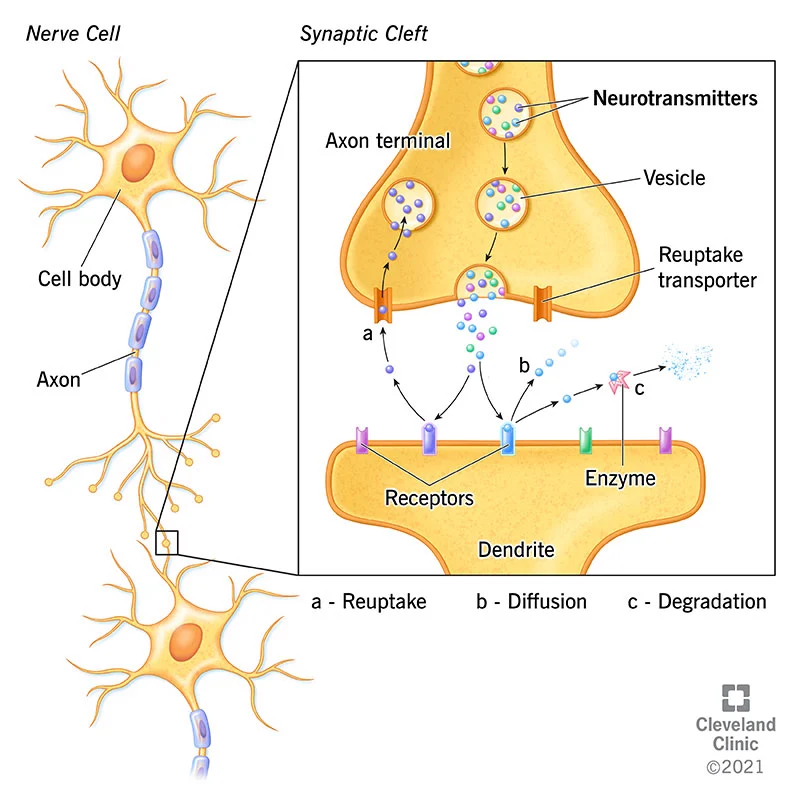
Signal Termination
Signal termination in the synapse refers to the processes that conclude the transmission of signals between neurons, ensuring precise and controlled neural communication. Diffusion in neuroscience is the passive spread of molecules, like neurotransmitters, from areas of higher to lower concentration. Reuptake involves the reabsorption of neurotransmitters by the presynaptic neuron, maintaining balance in the synaptic cleft. Degradation encompasses the enzymatic breakdown of neurotransmitters, a process that terminates their signaling actions and contributes to the regulation of neurotransmitter levels in the brain.